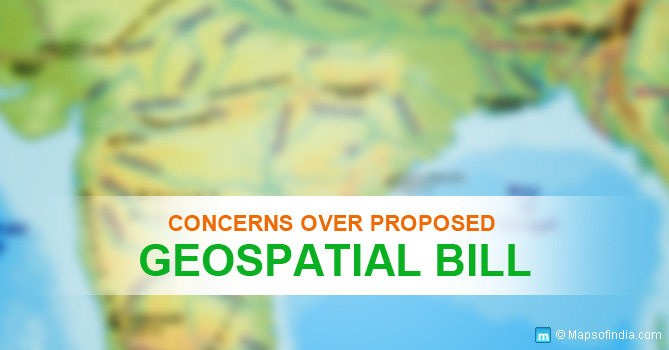MapsofIndia Team believes that the law acts as a deterrent to circulation of wrongly depicted maps on the internet, social networking sites, print and electronic media in general.
MapsofIndia Team’s Concerns on The Geospatial Information Regulation Bill – 2016 Geospatial information regulation bill 2016

